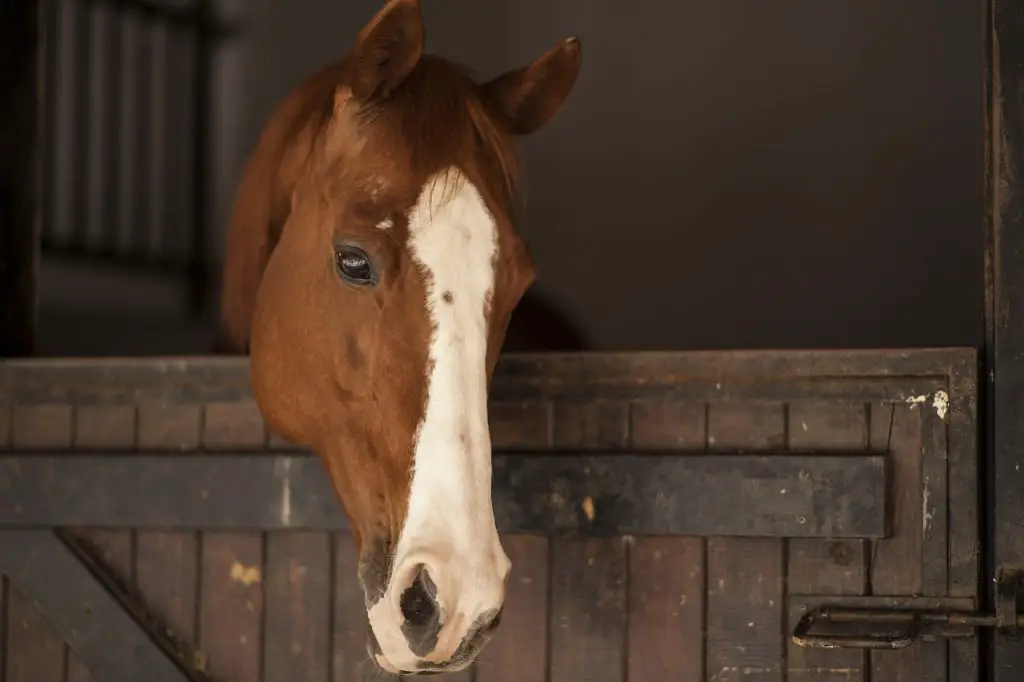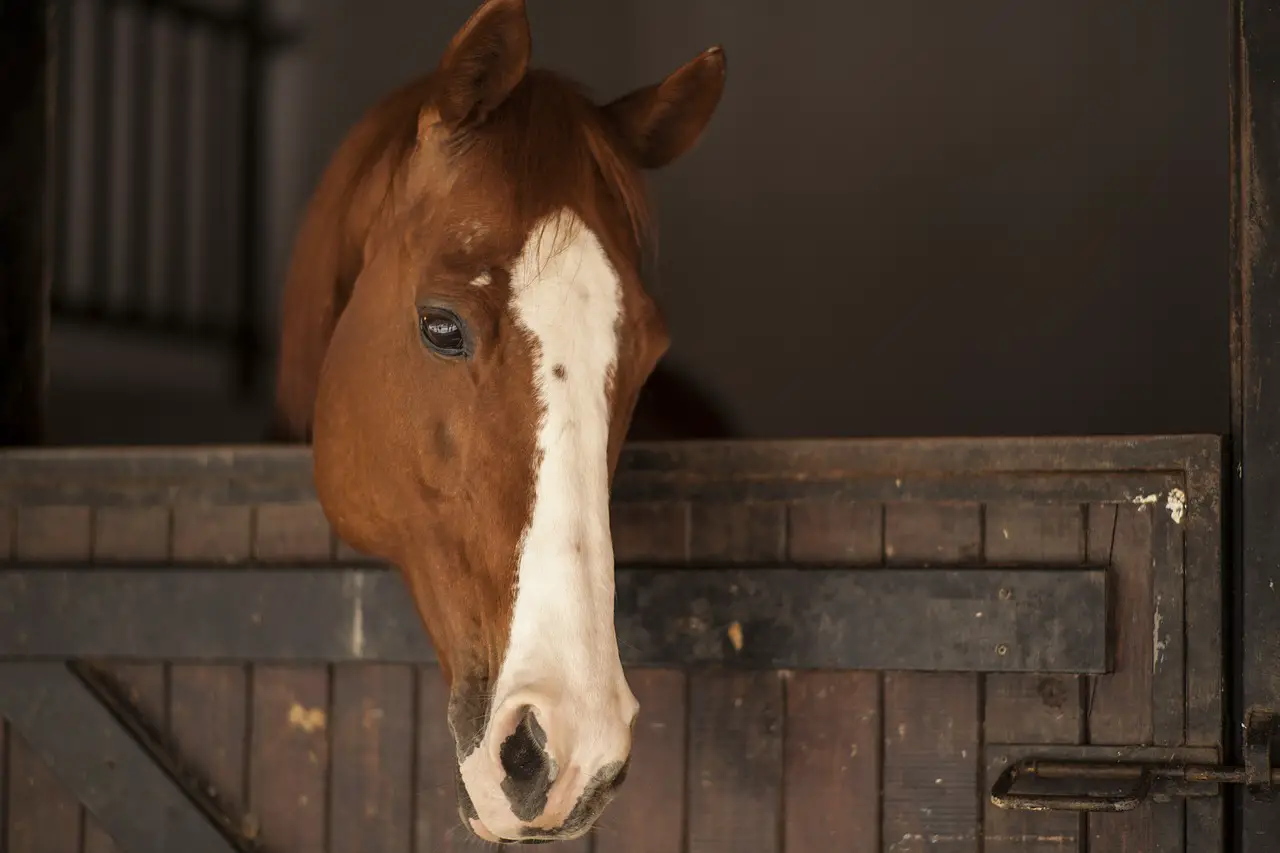Last Updated on March 11, 2022 by Allison Price
The most common equine cancer is papillomatosis, also known as equine warts. It is caused by the virus papillomavirus. Three types of clinical signs can be identified: mucocutaneous (lips), skin with hair, and ears. Horses can become infected if the virus is introduced through their open skin. The virus can also be transmitted by biting insects.
Young horses can get warts on their hair, such as the muzzle. They usually develop between one and three years old. A single lesion or several hundred can cause severe complications. On the lips, mouth, and muzzle, growths can range from five to twenty millimeters in size.
Horses can develop large white plaques in their ears from exposure to the ear. Horses of all ages can be affected by this presentation. White plaque horses can be very sensitive and won’t let anyone touch their ears. Flies can attract to the ears. When they bite, these flies can cause internal bleeding. Secondary fungal or bacterial infection is quite common.

A healthy horse will not experience skin syndrome or mucocutaneous syndrome. It is self-limiting and can resolve within one to nine months. There have been many treatments over the years. It is possible to remove the warts surgically. This is typically done to improve the horse’s appearance in show competition. As a treatment for warts, immunoostimulants have been used, as well as topical ointments and autoimmunization. For another view on treatments, see the blog of the author. There are no studies to support these treatments. The disease is self-limiting and it is difficult to determine if treatment was effective or not.
The ear syndrome, which causes white plaques in the ears, is not permanent and cannot be treated. Plaques can become a permanent cosmetic problem for horses. Fly control is essential if your horse develops these plaques. Fly masks that cover the ears are very effective. Flies can also be controlled with insecticides. As needed, secondary bacterial or fungal infections should also be treated.
Horses with warts must not be housed together, should not share tack, or share water and feed with other horses infected with the virus. To stop the spread of this virus, it is important to control biting insects. It is important to note that equine-papillomavirus can not be transmitted to humans.


